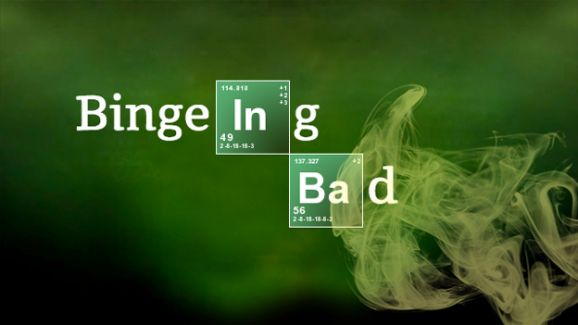Author: Mike Civille, Chair, Filmmaking Department, New York Film Academy Los Angeles

In recent years, consumers have seen exciting new levels of quality television programming. Binge viewing has become the norm, with Netflix offering audiences the opportunity to consume entire seasons or series in one (albeit very long) sitting. This trend has led streaming companies like Netflix and Hulu to further alter the industry by creating their own content, which they then distribute as one lump season in order to maximize the trend in binge viewing.
Because audiences can now consume a show in longer chunks, this has led to a transformation of television content. Prior to the late 1990s, episodes of television dramas were almost exclusively standalone vignettes featuring the same characters in weekly situations – you could essentially pick an episode at any time and in any season and understand the show and its characters. When dramas featured continuous storylines, they were more closely aligned to soap operas (think Dallas or Knots Landing) than today’s addictive dramas.
But by creating content for binge viewers, today’s showrunners have become more recognized a powerful creative force in Hollywood. Now, showrunners design an entire series and cast of characters around a long-term arc that spans across episodes and seasons – in order to understand a contemporary drama, you must start at the beginning and watch it in a linear fashion. This means that today’s dramas veer closer to American literature than traditional TV, with characters developing in tangential, deeper, or more complicated ways. As a result, we find ourselves drawn into the strange psychological worlds of Walter White or Tony Soprano, unable to look away. These shows have become 21st Century page-turners.
With new shows emerging seemingly every week (have you seen the French series The Returned?), it almost feels like this has always been the norm. But this is a relatively new phase of television, sparked in many ways by the early success of shows like Twin Peaks, The X-Files, and Thirtysomething in the 1990s. But once series development was loosed from the shackles of network television, new worlds could be created for more adventurous basic cable channels (AMC or FX) or the wildly uncensored pay cable channels or streaming services. This has led to greater risks and the exciting material we’ve been privileged to experience in recent years.
What does this mean for filmmakers? It’s all good news, with more opportunities for creative ingenuity. Filmmakers are no longer limited to submitting independently produced features to film festivals in hopes of a theatrical release. The Netflix/Hulu revolution has been neatly tied up with online content, giving filmmakers even more outlets to tell their daring stories: with the success of streaming shows like House of Cards, “straight to video” is no longer a badge of dishonor; VOD is now an acceptable distribution path. Webseries that showcase talent can lead to television deals and longer guaranteed work. In the late 1960s and early 1970s, Hollywood movies went through a revolution and experienced a creative renaissance that resulted in an unmatched era of American commercial filmmaking. With the success of shows like Breaking Bad, Mad Men, and Orange is the New Black, we once again find ourselves in the midst of another revolution – this time, on the small screen. The possibilities once again appear endless.